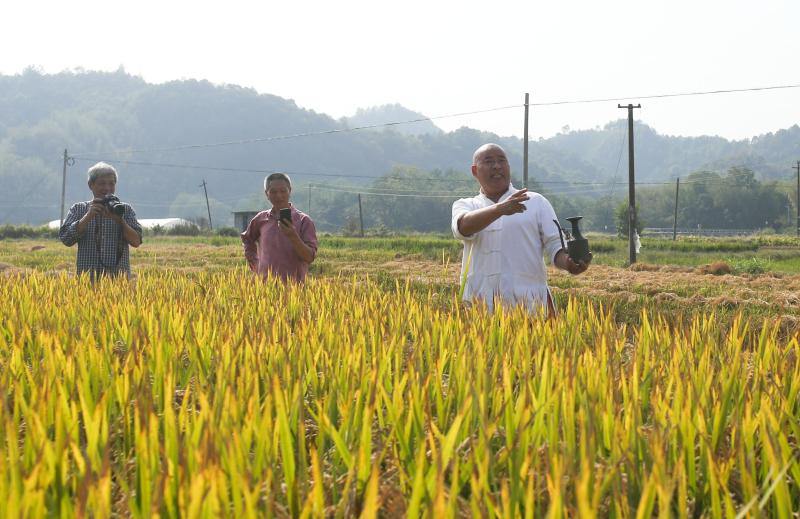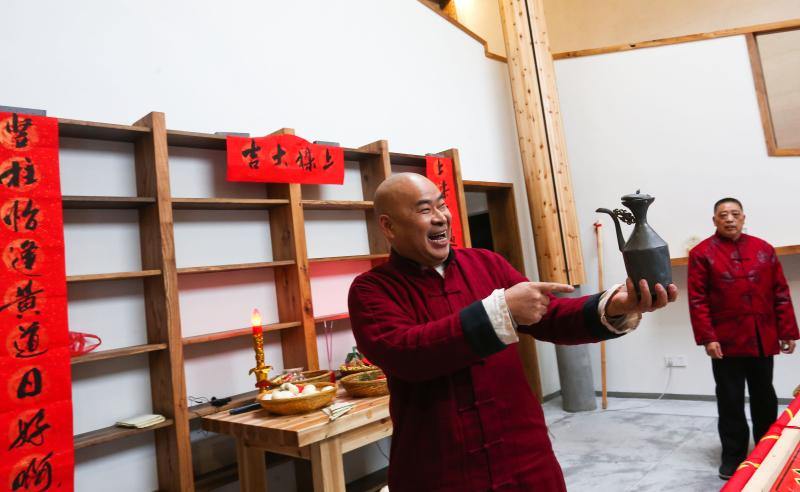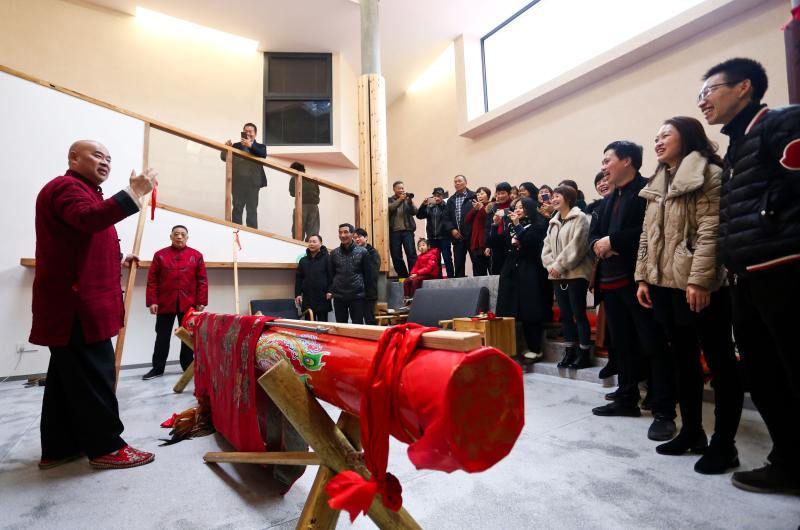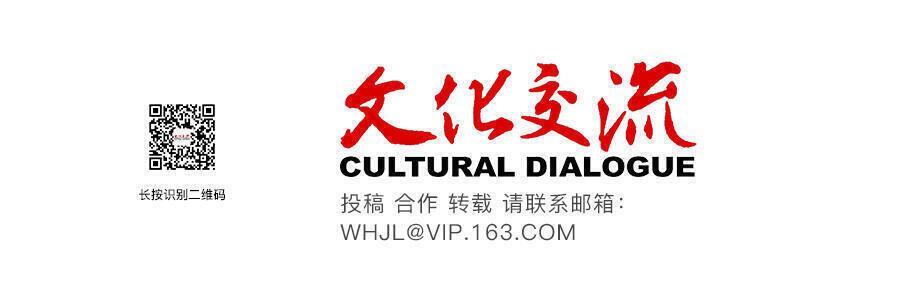In January 2020, I invited Old Zeng over to sing a chant at the unveiling ceremony of the Rice House. Old Zeng is Zeng Lingbing, the designated master of Folk Ceremony Chants of Changshan, a national intangible cultural heritage. He is the sixth-generation master of the tradition in Changshan, a rural country in the southwest of Zhejiang. Though the tradition could go farther back in history, the chanters from the Zeng family are all scholars can trace now. Other chanters, if any, were lost in history.

Old Zeng is a strong and tall man. He smiles like a Buddha. He has a passion for pictorials. He boasts a collection of 40,000 built up over a period of 20 years and stored in a library he built exclusively for the collection. After his graduation from middle school, he worked as a carpenter under the guidance of his father and learned folk ceremony chants from his father. In rural Zhejiang, a ceremony is usually held when a house under construction comes to setting roof beams in place. In Changshan, part of the ceremony is dedicated to a ballad chant. His father used to be leader of the chanting chorus. When he was 21, his father gave him a notebook which contained a complete range of chants his father personally copied which respond to various folk ceremonies. The junior learned these chants by heart. Moreover, he has improved some chants and expanded the repertoire with some new chants he has created.


It wasn’t the first time I invited Old Zeng over to sing a chant. In 2017, he came over to sing a chant before we harvested the crop from My Father’s Rice Paddy, a program my father and I started in 2017, made possible by an online crowdfunding. Standing among the crop, he sang loud and clear, we sang a simple refrain in response at the end of each sentence. Over the last decades, he had performed chanting on various occasions, but it was the first time he performed at a rice harvest ceremony. After a brief overture with us as a chorus, he performed a solo chant he had created for this ceremony and then he sang , a popular folk ballad in Changshan. About 40 friends of the program witnessed the ceremony. They were happy. We took a group photo by the rice paddy. It was a memorable day.

The idea of Rice House germinated with My Father’s Rice Paddy in 2014. The program is a success. The house is a space to further the program and entertain the friends of the program from all over the country. These friends have visited the rice paddy at seedling planting in spring and harvesting in autumn. They have closely followed my online coverage of the program progress over years. Among these friends are essayists and poets and novelists. Many of them have published new books since they joined the program. Some of them got inspiration from the program.
The designer of Rice House is Zhao Tongguang, a young architect and graduate from China Academy of Art. The structure presents some elements of the traditional Chinese architecture such as a patio and a traditional granary. The interior design was provided by Gong Ziwei, also a graduate of China Academy of Art. The construction work was done by a team from a business of Old Zeng.
